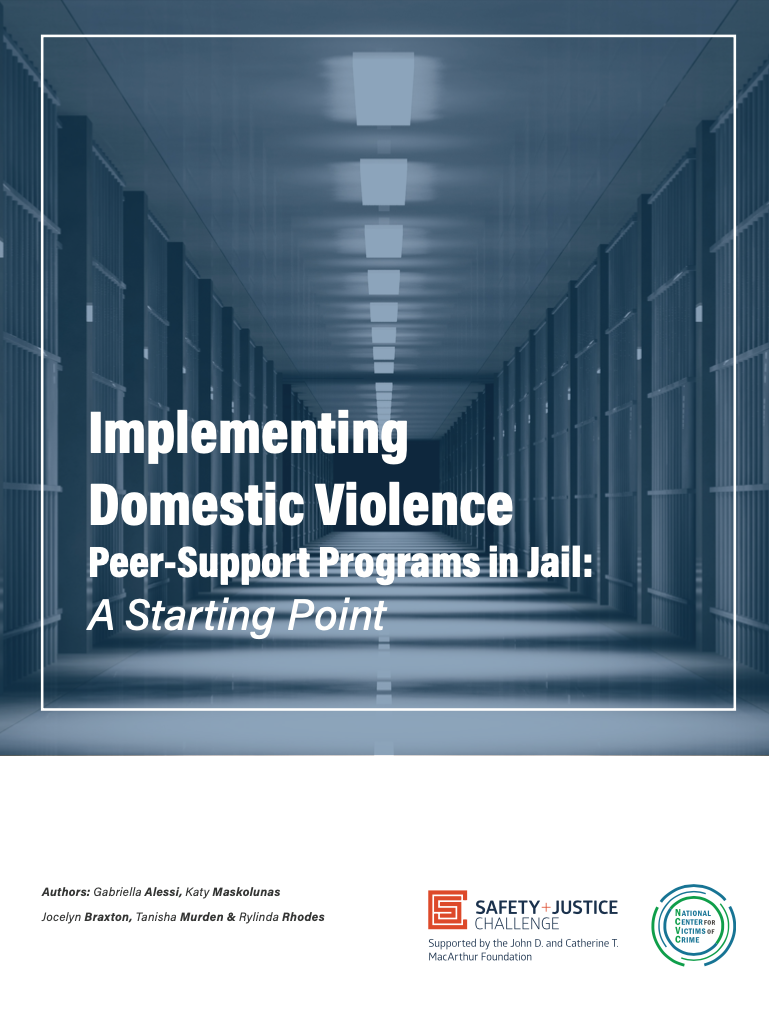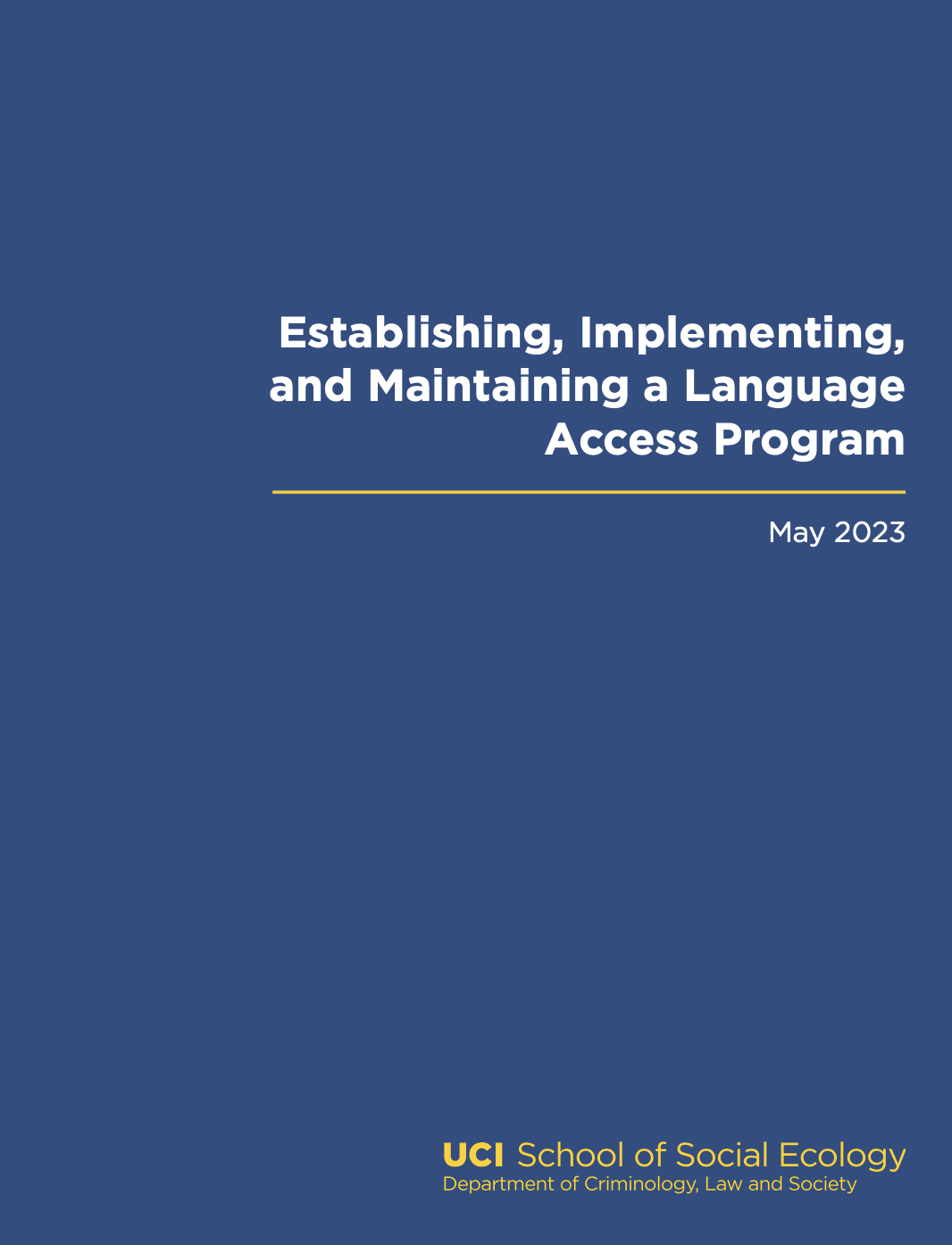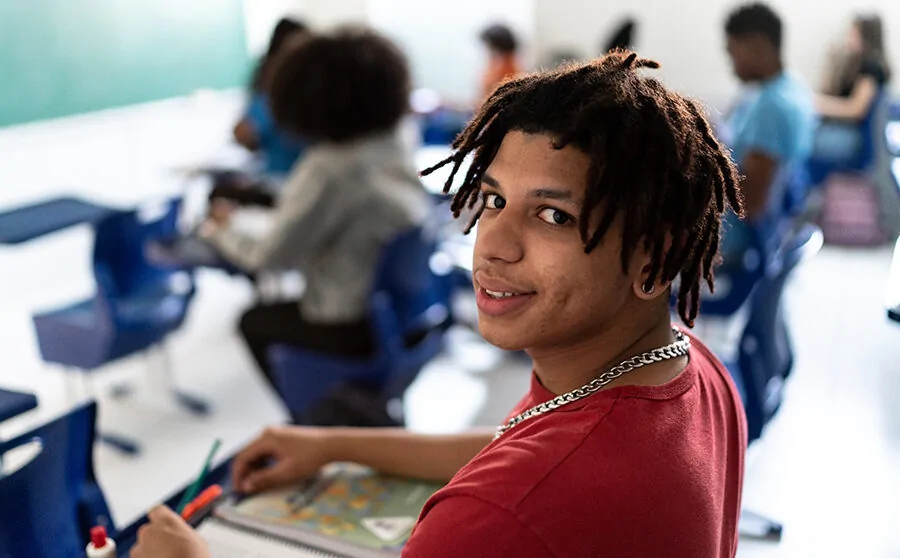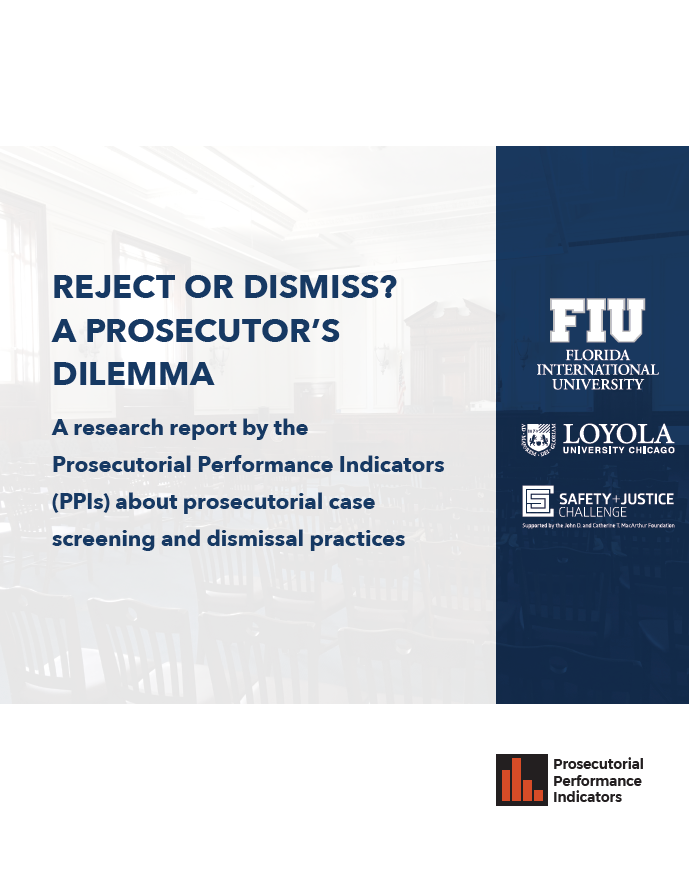Report
Diversion
Featured Jurisdictions
Plea Bargains
Pretrial Services
July 27, 2022
Reject or Dismiss? A Prosecutor’s Dilemma
Florida State University, Loyola University Chicago
One of the key decisions that prosecutors make is whether or not to file charges against a defendant. Depending on the office, this decision point may be called initial case assessment, screening, review, or filing. Prosecutors, or in some instances paralegals, review evidence provided by law enforcement and decide whether to file any charges in each case.
The core purpose of case screening is to identify and eliminate cases that cannot or should not be prosecuted. In other words, prosecutors have the difficult task of assessing limited case facts in front of them and rejecting cases 1) that do not involve enough evidence to support a conviction, and 2) for which prosecution would not be in the best interest of justice and victims. The decision to reject a case is highly consequential because it means that the defendant will avoid formal charges and conviction.
Cases can also be dismissed after they are filed. While judges can dismiss cases— due, e.g., to missing case processing deadlines or 4th amendment violations—most dismissal decisions are made by prosecutors. Cases may be dismissed by a prosecutor due to evidentiary issues (including victim or witness cooperation) or plea negotiations in other cases, for example.
PPI 2.1 examines the relationship between these two highly discretionary case outcomes: case rejection and case dismissal. While there is no agreed-upon standard for what proportion of referred cases should be rejected for prosecution, or what proportion of filed cases should be dismissed, we suspect that these proportions will vary across jurisdictions and by offense types.
Local criminal justice systems should enable prosecutors to identify dismissible cases as early as possible. Eliminating dismissible cases at the screening stage reduces negative consequences for defendants, victims, and the criminal justice system. For defendants, the declination of dismissible cases reduces unnecessary pretrial detention, disturbances to family life and employment, and chances of wrongful conviction. For victims, identifying dismissible cases at filing minimizes the burden of involvement in the criminal justice system and avoids false expectations, though in some cases prosecution may provide victims with temporary protections they need. For the criminal justice apparatus, declining dismissible cases reduces caseloads and criminal justice expenditure.
In this report, we provide a rare compilation of data on screening and dismissal decisions from jurisdictions across the country. We explore case rejection and dismissal trends in 15 prosecutor’s offices before drilling down in these two important outcomes to examine variations across defendant race and offense type in select jurisdictions.
While reading this report, let’s keep in mind that there are marked jurisdictional differences that influence screening and dismissal decisions. For example, New York prosecutors typically have two days to file a case, while Florida allots several weeks for this decision. Furthermore, jurisdictions have adopted different COVID-19 regulations: some closed certain court operations for months, while others remained open. Yet others quickly moved operations virtually, as is still the case in Hennepin County. Lastly, what is counted as a rejection or dismissal may vary across jurisdictions: a dismissal in the interest of justice in Philadelphia might have been labeled a deferred prosecution in Milwaukee and therefore excluded from dismissal rate calculations. Given these differences, we encourage cross-site learning about rejection and dismissal practices, but not direct comparison.




